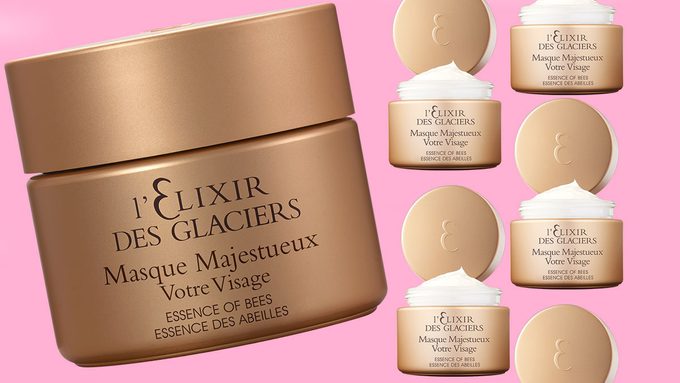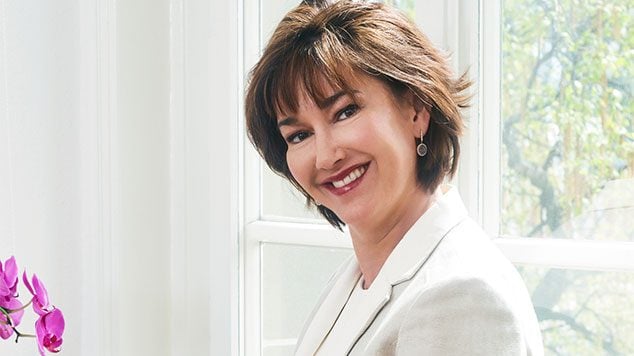What’s The Deal Behind This $550 Face Mask?
Valmont’s face mask isn’t just an indulgent treat – it’s about aligning your beliefs behind what you’re buying, the CEO tells Best Health.

This is the bee’s knees
You would think a $550 face cream would be a statement piece. And maybe it is. But after meeting Sohie Guillon, CEO of Valmont Cosmetics, a Swiss luxury beauty company with products sold all over the world, I found out that it’s not just about slapping an expensive tag on cream, putting a few buzzy ingredients on it and hoping women’s magazines pick up the story.
“I’m very into the science of it,” she tells us at the Plaza Athenee hotel in Manhattan’s Upper East Side. Her MO is about making the ingredients in her products accessible, not just to the outer layers of the skin, but to the deeper cells, which affect how our skin looks over the long term.
Getting to know each other
But first she tells us what we have in common, since I work for Best Health.
“We are about health too, in terms of ‘health of the skin,’ she says. “All of our products are created to maximize the absorption of our formulas. They are not just topical treatments.”
The deep level of skin is between the dermis and the epidermis that becomes week as we age is where Guillon wants the oil an sugars to reach.
“We use natural ingredients. They are not all organic. But our extracts are free of parabens. But we use ingredients that are marine; that are from the sea. Plants can be effective, but there is a limit to their benefits. But we can really slow down the aging process. But we do use natural ingredients coming from the sea, such as Canadian wild salmon. We do like natural ingredients that are not treated with chemicals.”
Good things come in threes
The latest launch is Essense of Bees, a collection of three products all made with a combination of three ingredients.
The products are: Cure Majestueuse ($450), Masque Majestueux ($550) and Sérum Majestueux Vos Yeux ($500), available in Canada at Sonora Resort, Hazelton Hotel, Landon Hall, Saks Fifth Avenue and Holt Renfrew stores.
“Our innovation is the combination of royal jelly, propolis (wax and resin from bee hives) and honey,” Guillon tells me. “The innovation is also in how we extract it with a natural rose oil-based extract, which is a sustainable extraction. It’s full of fatty acids that are well absorbed by the skin. That’s all there is. There are no chemicals.”
So, why the big price tag?
Royal jelly is expensive, and not all beekeepers have the ability to “farm” it.
“It takes ages to extract,” says Guillon. There is only one queen bee per hive, and when she is older she produces a litter of about 10 potential queen bees. Once the queen bee is chosen, the other bees consume the “rejects.” And the royal jelly, the fluid that nurses the baby bees until they are either chosen or eaten, remains for the queen bee.
“The royal jelly produced by one baby is worth $3,000 because it’s full of enzymes,” says Guillon, showing me a video on her cell of the process of removing the small amount of royal jelly available, which is about the size of an eraser on the end of a pencil. “And we need more than three kilos a year.”
And some of that money goes to….
“We Swiss are very close to nature, just like Canadians are,” she says. “Canada really is a bigger Switzerland. We have the same values in our link to nature.”
Valmont is building 50 beehives in Geneva, Switzerland, with sales of its honey to go towards preserving bees and hives. In Canada and the U.S., Valmont is supporting P2, a non-profit organization dedicated to the protection and promotion of bees and their ecosystems.
“If humans don’t interfere too much with nature then balance will remain.”





